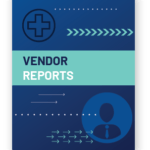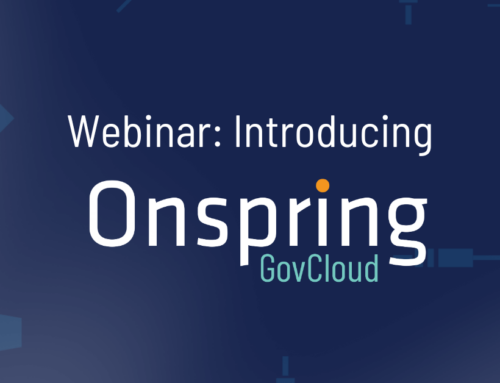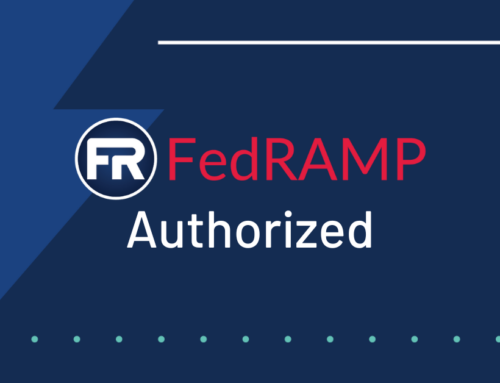Managing Supplier Relationships & Risk During COVID-19
Your vendor management questions answered
Onspring recently co-hosted the webinar Managing Suppliers During Disruption as Part 3 of Procurement Leader’s series on the Impact of Coronavirus. We ran out of time to answer all the questions submitted during the session, so we recapped your questions and added our answers.
Q: How can we keep trust and collaboration with our suppliers under diminished cash flow conditions?
A: Keep communication lines open and practice transparent information sharing.
We follow the golden rule, “treat others as you want to be treated,” which has worked well sustaining our businesses and keeping our customers, suppliers, and employees happy and satisfied.
We recommend you practice the same approach with suppliers. Plan multiple touchpoints in different formats to keep your suppliers informed.
Q: What are 3 critical risks to focus on?
A: In normal times, we’d say the three vendor risks you should focus on are 1) cybersecurity, 2) vendors tied to revenue generation, and 3) vendors necessary to achieve strategic objectives. Mitigating these risks helps sustain your business into the future from an innovation perspective.
But in today’s pandemic, you should adjust and focus your efforts on vendors associated with the following:
- Business continuity. Which vendors are included as critically important in your organization’s continuity and recovery plans?
- Financial magnitude. Which vendors represent the largest financial costs to your own business?
- Cybersecurity. Still on the list and only gets worse during this pandemic. Hackers will always look for opportunities to exploit the masses and this is just as a good a time as any.
Q: How can we stay ahead of the disruption?
A: Put vendor risk mitigation plans into place now. These plans should be broad enough to provide overall coverage across supplier tiers, while also enabling ‘drill-down’ views into high-risk areas. Your focus is to identify vendors that could negatively impact your most important business units, systems or products.
To put together this plan, start outlining:
- Business assets you need to protect
- Individual elements that comprise these business assets
- Information needed to understand viability of those elements
- Methods of collecting data
- A system to house the data and relate it across the business
- A method to not only report, but share, the data in real-time
Q: How does one go about obtaining favorable provisions such as refunds and/or rescheduling credits, when contract terms do not address such items? Ultimately, would federal/state travel restrictions, for example, trump what is/isn’t contained in the contract? Or would we be dependent on the goodwill of the contracted companies?
A: The best course of action is to start with a phone call and a conversation leading with empathy and an understanding of your supplier’s situation.
- Communicate the importance of their business to your own and the need (and desire) to find a mutually agreeable resolution to the unforeseen problem you are both faced with today.
- Present your supplier with resolution options based on your preferences. These options must be brainstormed (and vetted) before your conversation to ensure you’ve thought through implications to both your business and your suppliers.
At this point in time, you should fully expect to rely on the goodwill of your suppliers in their decision to make good on lost supplies when there are grey areas in your contract. This reinforces why now is the most important time to maintain positive relationships with your suppliers and reminding yourself to be patient. Flexibility is a powerful force when applied in situations like today.
The reality is that everyone’s business is between a rock and a hard place. Although many contracts contain act of god/force majeur contingencies, the backlog of enforcing these while the legal system is essentially closed for social distancing will not help your chances to recoup losses any time soon.
Q: How do I reach maximum supply chain visibility?
A: Follow a three-pronged approach.
- Use a relational database that not only houses your data, but relates your data records to impacted business units.
Without connecting data across your enterprise, your data will never be helpful, and you’ll be in the same no-visibility situation you’re in now. See how a relational database can support vendor management. - Constantly collect data from your suppliers.
Use primary research to send surveys to your vendor universe and captures responses inside your relational database. Subscribe to active monitoring services that provide computer-generated information on the cyber fingerprint of your suppliers (all the data humans can’t conjure up). This approach enables a single source of truth on supplier health. - Map your vendor universe health against your organization’s risk tolerance.
This type of reporting can be generated from your relational database and includes drill-down functionality to see layer-by-layer where your risks are more pronounced and where you should focus on mitigation efforts.
 Explore the top reports that chief procurement officers use daily for managing supplier risk.
Explore the top reports that chief procurement officers use daily for managing supplier risk.
Q: What will be the aftereffects once the coronavirus epidemic is controlled?
A: The best summary of what we see happening after coronavirus is controlled was shared by a Director of Program Operations at an international heating and cooling company, “with everything going on with COVID-19, companies are going to have to look at technologies differently in an effort to save money and provide more value.”
Each one of us – regardless of our role within an organization – will be tasked with creating efficiencies in the future (actually starting now, if you haven’t already begun). The Director of Program Operations mentioned above is already exploring how to consolidate data records across his organization into a single platform and also eliminate manual processes.
Aside from efficiencies, in the future procurement teams will need to have a better pulse on supplier viability and the inherent risks suppliers pose to the business. Procurement will also become more involved in business continuity planning and will be expected to vocalize considerations and what-if scenarios the organization should be planning to mitigate.
Q: Leveraging our supplier’s ‘know-how’ is particularly relevant in times of uncertainty. How important is it to have an established Suppliers Relationship and Cooperation framework (i.e. joint teams, regular meetings, platform for information sharing…)?
A: Congratulations to the person who asked this question and is thinking ahead of the game! It is important to have a framework in place so that when we hit times of disruption, you can fall back on a trusted process.
When every second counts and there are not enough seconds in the day, all brainpower and energy should be focused on solving the problems at hand to support your business, not building new processes that can take away your attention.
One great way to keep everyone on the same page is to utilize a real-time reporting platform.
About the author
Emily Figg
Director at Onspring
6 years vendor management experience






